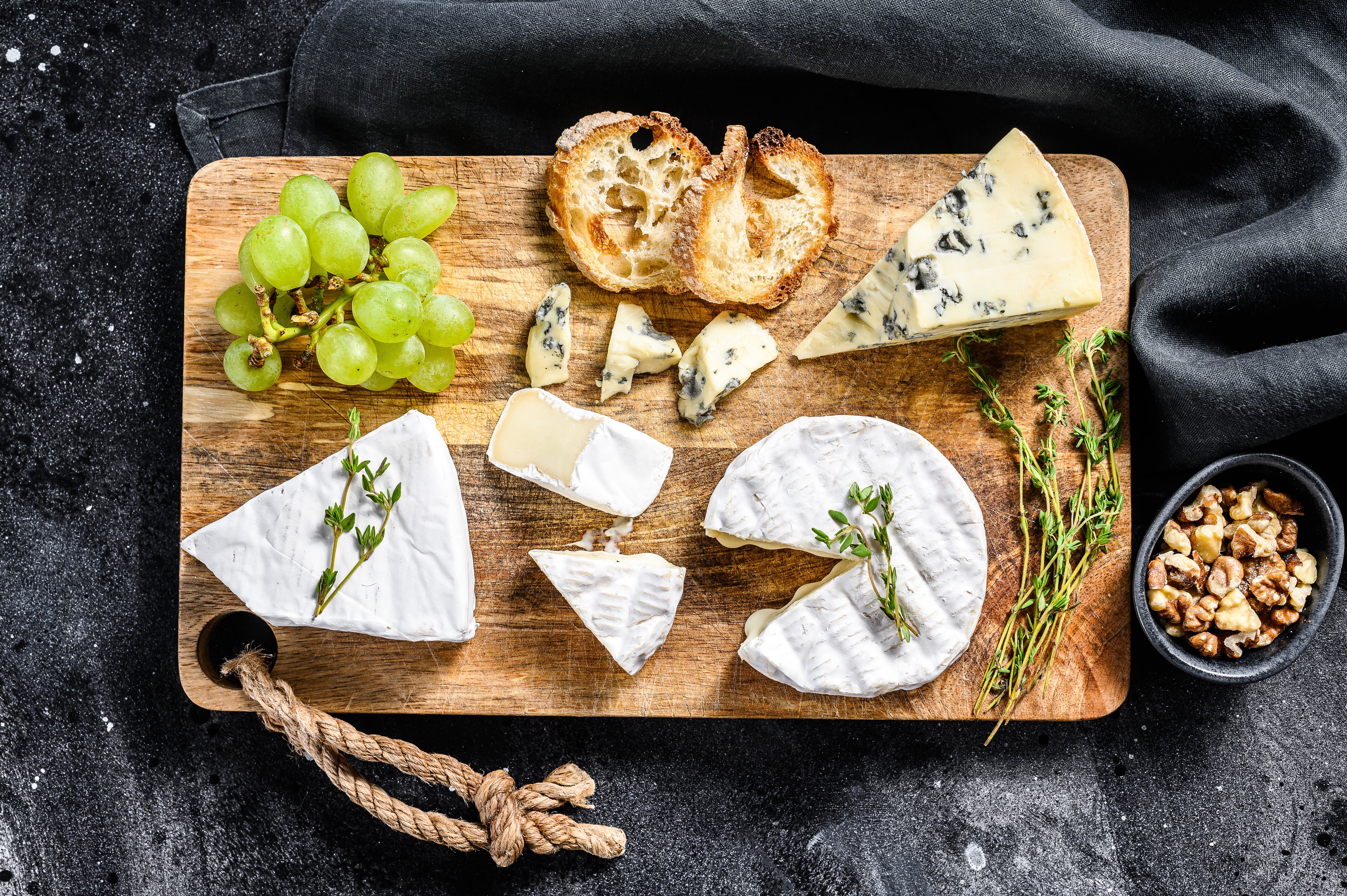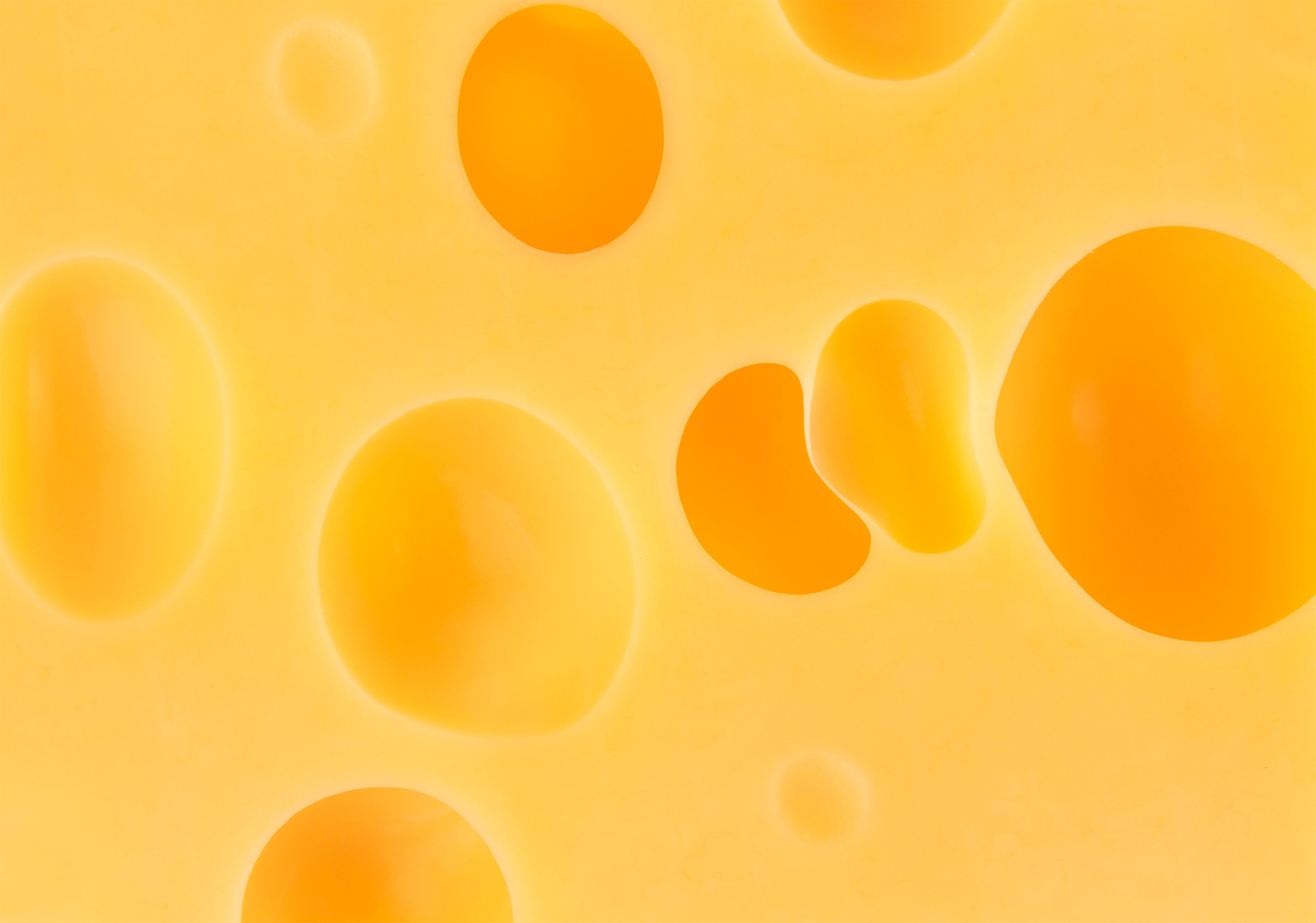US consumes are setting new records for cheese consumption each year – with the latest USDA data showing Americans consumed around 42.3lb (19.1kg) of cheese per capita in 2023 alone.
Mozzarella and cheddar are the most popular types, making up about a quarter of per-capital cheese consumption, but natural cheese and other types such as Hispanic have been trending up in the past 12 years.
So how can cheese brands elevate consumer experience in 2025? We draw some key insights from Dairy Farmers of Wisconsin’s annual trends report.
Bold flavors
According to the report, consumer demand for bold and unique flavors is driving growth in international and artisanal cheeses.
Circana data comprising the 52 weeks ending December 1, 2024 shows that paneer (+34%), burrata (32%) and queso quesadilla (+23%) all saw a boost in retail sales. The trend suggests that consumers are increasingly interested in ethnic cheeses and are willing to tap into global flavors and cuisines.
Rich flavors – such as the strong, savory taste of a Double Gloucester or the smoky spiciness of Mexican semi-hard cheese – are said to enhance the culinary experiences of around 40% of the report’s survey respondents; suggesting there’s room for flavor innovation that can elevate cheese as a culinary ingredient, a cheeseboard staple, or a snack in its own right.
Hunger for heritage
Cheese classics such as parmesan – the best-selling specialty cheese in the US in 2024 – remain popular with shoppers and are among the products fuelling demand for heritage-inspired foods.
This is paving the way for heritage cheese brands to lean into their roots and leverage this as a marketing advantage. For foodservice players, highlighting the presence of heritage ingredients can also play a role in elevating recipes or piquing consumers’ interest in new dishes.
According to the survey data informing the report, a nearly equal measure of consumers want more classic items on shelves (65%) or are eager to try new products that feature old-world recipes (64%).
Fostering a connection
It’s no secret that experience-based consumer campaigns can boost purchasing and foster a stronger bond with shoppers – and brands should prioritize marketing their products as more than just food items, the report suggests.
For example, Dairy Farmers of Wisconsin’s member-only community Cheeselandia is bringing artisanal cheese lovers together for a set of virtual events, cheesemaking classes, and recipe ideas for house parties.
This results in both greater understanding of the state’s wide variety and quality of artisanal cheeses but also supports relationship-building between the consumer- and the artisanal cheesemakers’ communities.
Whether through branding activations or by leveraging the power of social media, brands have a plethora of options when it comes to consumer engagement. It’s coming up with inventive and engaging initiatives that appeal to a wide majority of consumer groups that holds the key to a successful marketing campaign.
Authenticity as a USP
With so much demand and availability of cheese, how can brands stand out on the crowded shelves?
In 2025, consumers will continue to prioritize health, naturalness, nutritional value, price and shelf life, according to the report – so creating a narrative around these characteristics can be a key differentiator for cheese brands.
Getting through to consumers through easy to understand label claims – or leaning, as above, on a brand’s heritage roots as a sign of its authenticity – can be key levers of innovation in 2025.
Wellness meets indulgence
While cheese is typically associated with indulgence, varieties that are naturally low in fat and high in protein, such as cottage cheese, have enjoyed a revival.
Low-fat and low-lactose cheese has also gained traction in recent years thanks to trends in health and wellness; and there’s some evidence that certain varieties can work as therapeutics.
Hard cheeses aged naturally, such as parmesan and cheddar, contain only trace amounts of lactose, while a variety of others - including feta, mozzarella, camembert, pecorino, brie, gouda, and blue – are naturally low in lactose. (Source: NHS)
In 2025, there will be opportunities for brands to position snackable cheese varieties as accessible health-supporting treats, according to the report.




